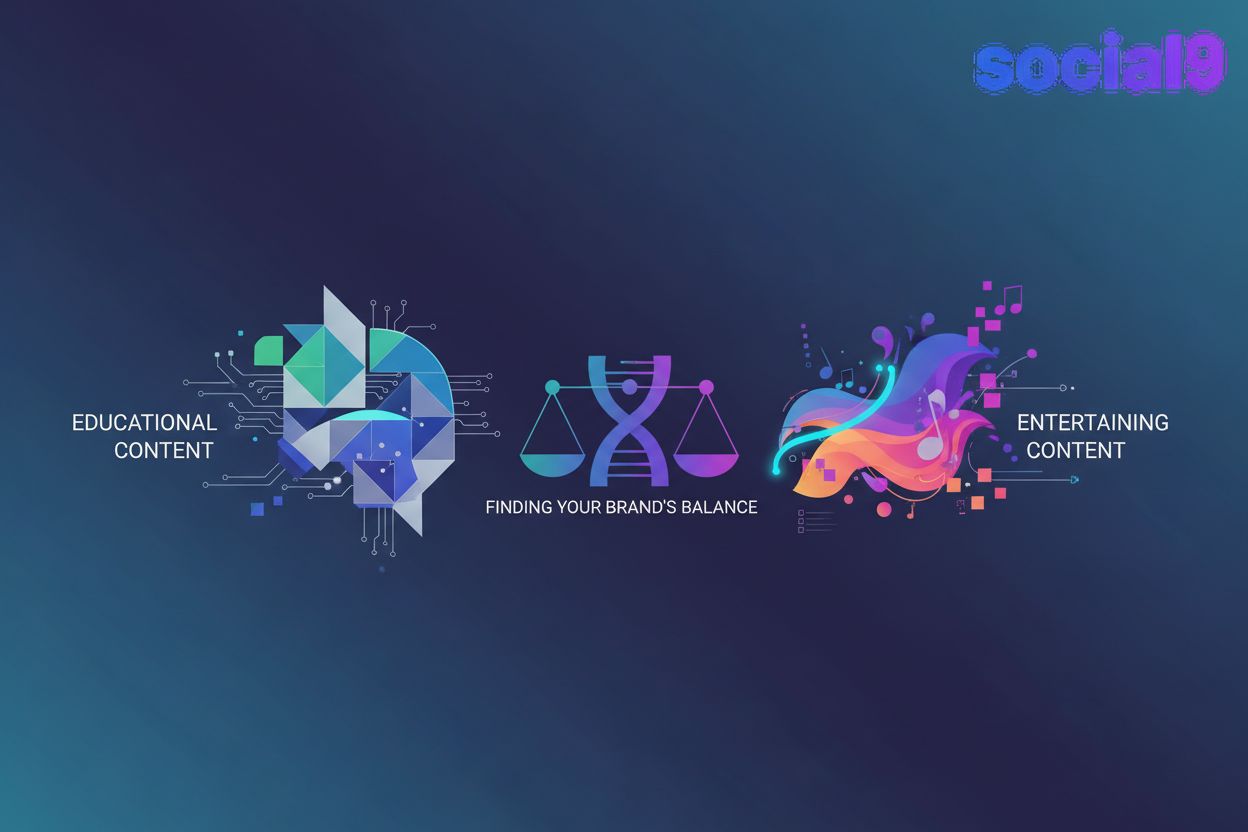Adaptive Or Responsive Web Design: Responsive is the Winner, or it's not?
Adaptive Or Responsive Web Design: What's the Real Deal?
So, you're probably wondering if adaptive and responsive web design are the same thing, right? It's a common question, and honestly, it can get a little confusing. The truth is, they're different, but they do share one big similarity: they both aim to make sure your website looks good and works well on pretty much any device out there. Think of it like this – they're two different paths to the same destination: a great user experience for everyone, no matter what screen they're using. This article's gonna break down how they're different, where they overlap, and when you might wanna use one over the other.
Why Bother With Multiple Website Versions?
Let's face it, the world of digital devices is huge now. We're not just talking about desktops anymore; we've got phones, tablets, smart TVs, and who knows what else is coming next. People are browsing the web everywhere – on the go, chilling on the couch, even while they're supposed to be working! Being accessible on all these different screens is super important if you wanna reach more people, especially if you're a marketer or advertiser.
The goal is to have your website look and work perfectly, whether it's on a big desktop monitor or a tiny phone screen. And with all these new gadgets popping up, like smart TVs and game consoles, the opportunities to connect with users are only growing. This means more chances to gather data and, you know, make some sales.
What Exactly is Adaptive Web Design?
Adaptive web design is all about creating specific layouts for different devices. So, you'll have one design for desktops, another for tablets, and yet another for phones. These designs wait to be triggered, and this can happen through javascript or sometimes by using a dedicated subdomain. For example, you might have seen something like mbasic.facebook.com – that's a classic example of a dedicated subdomain for a simpler, mobile-focused version of a site.
Basically, the website detects the type of device you're using and then serves up a pre-made layout that's perfect for it. It's like having a custom-made tool for every specific job, rather than trying to use one tool for everything.
And What About Responsive Web Design?
Responsive web design, on the other hand, is all about flexibility. It responds to the screen size of whatever device you're using. Imagine pouring water into different shaped containers – it just molds itself to fit. A responsive website uses something called media queries, which are like instructions that tell the website how to adjust its layout based on the screen width.
The cool thing is, it all happens on a single domain, making sure the website looks great no matter what. It's kinda like having one super-flexible tool that can change its shape to fit any task.
Let's Compare Adaptive and Responsive
Delivery
With adaptive web design, your browser code figures out what device you're on and then sends over the specific template made for that device. This usually means faster loading times because it's only sending what it needs. Javascript is usually the one doing the heavy lifting to identify your device and pull up the right template. Each template has its own set of files, all sized just right.
For responsive web design, a viewport meta tag kicks in and triggers specific media queries based on your screen size. CSS in responsive design has these things called "breakpoints" – basically, predefined points where the layout changes. Based on these breakpoints, the design adapts to fit the device width and its elements.
Now, here's a bit of a trade-off: a responsive site loads all the elements, no matter the screen size. This can make it a bit slower to load, though it's not always a huge difference in practice. They use fluid grids, which use percentages to make sure things shift smoothly between screen sizes. Flexible media files also resize themselves to fit, keeping the same file size but stretching or shrinking as needed.
Development
Adaptive web design can take more time and effort to build. You've got to plan and design each layout separately, which can be a bit of a process. The upside is that if you're working with an existing website or doing a redesign, it's easier to make changes to one specific module without messing up the rest of the site.
Responsive web design is generally quicker to get going with, especially for brand new websites. It's often built using a "mobile-first" approach. This means you design for the smallest screens first, and then use media queries and CSS to adapt it for larger screens.
The tricky part with responsive design comes when you need to redesign. You have to make sure your changes work across all those different breakpoints, otherwise, your site might end up looking jumbled.
Pros and Cons
Adaptive Web Design
Pros:
- It doesn't usually require a complete rebuild to change a part of the site.
- You can get really good performance across a bunch of different devices.
- Pages tend to load faster.
- It's pretty easy to customize things specifically for each device.
Cons:
- It can take a lot of time and money to develop.
- Some people might see it as a bit of an older way of doing things.
Responsive Web Design
Pros:
- Development is usually faster.
- You get a consistent and good user experience on all devices, including mobile.
- SEO is simpler because you're only managing one website.
- It's super easy to implement for new websites.
- Frameworks like Bootstrap or Foundation can help you build sites super fast.
Cons:
- Pages can sometimes take longer to load.
- If you need to rebuild, you're pretty much starting from scratch.
- There's less room for super-specific customization on each individual device compared to adaptive.
You'll still find plenty of websites using adaptive design, like accuweather.com and adidas.com. They're sticking with that dedicated approach. But a lot of newer developers are leaning towards responsive design because it's faster to build and there are so many great frameworks available.
Ultimately, the choice between adaptive and responsive design is a strategic one for businesses. Most content management systems (CMS) these days come with responsive templates built-in.
Both approaches do a solid job of making sure your website looks clean and works well on all devices.
Oh, and hey, whatever design you end up choosing, don't forget to use our social sharing widget to help get your content out there on social media!
Photo by Eftakher Alam on Unsplash





